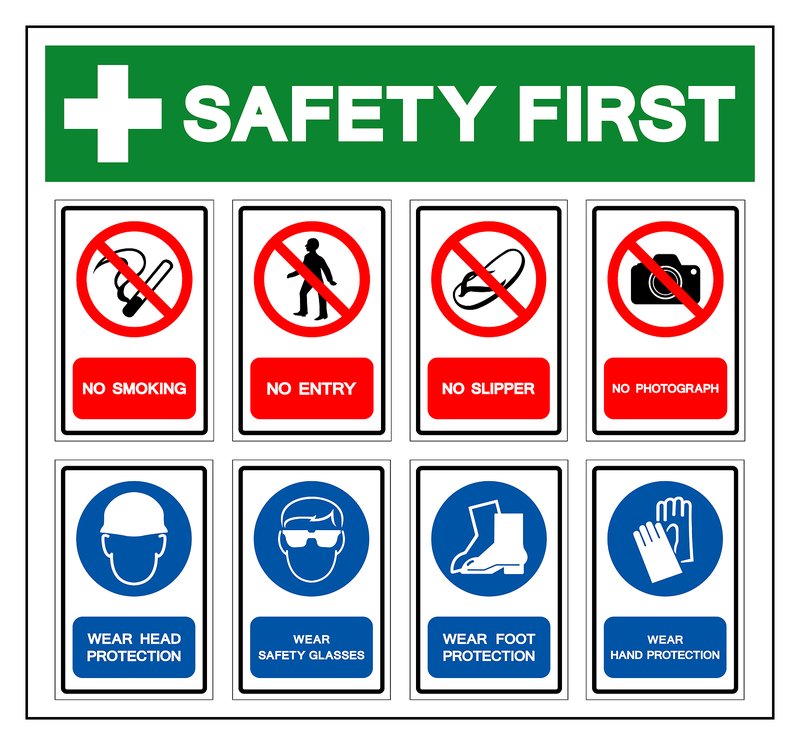
Imagine wolf worms as unwelcome houseguests that sneak in and make themselves at home without your permission. Just like you’d notice something’s off in your house if your guests were causing trouble, you can spot the signs when these pesky parasites invade your animals. Let’s dive into how to recognize these signs so you can protect your beloved farm friends.
What Are Wolf Worms?
Okay, before we jump into the signs, let’s talk about what these little critters actually are. Wolf worms are the larval stage of bot flies. They lay eggs on the fur of animals, and when the larvae hatch, they burrow into the skin. Think of it like a tiny, unwelcome visitor burrowing into the couch when you’re not looking.
These larvae can grow inside the host, causing discomfort and potential health problems. While they may sound small and unassuming, their impact can be significant. If left untreated, wolf worms can lead to serious infections or even fatal complications for your animals.
How Do Wolf Worms Enter The Body?
You might be wondering how these critters manage to get into your animals in the first place. The process is quite sneaky! Adult female bot flies lay their eggs on the fur of animals, usually in warmer weather.
When the eggs hatch—often triggered by the warmth of the host—the larvae crawl into the skin through hair follicles. It’s kind of like a surprise party that nobody wants to attend! Once inside, these larvae can take weeks to mature, causing varying degrees of irritation and potential health risks along the way.
Common Signs of Wolf Worm Infestation
Now, let’s get to the good stuff: how to spot these invaders. Here are the most common signs to look out for:
- Swelling and Lumps: One of the first signs you might notice is unusual bumps on your animal’s skin. These bumps can be painful, almost like a pimple that refuses to go away.
- Excessive Scratching: If your animals are scratching more than usual—like they’ve developed an itchy rash—it could indicate something is troubling them. This frantic scratching is their way of trying to relieve irritation caused by the larvae.
- Strange Behavior: Animals in discomfort often behave differently. Your usually calm sheep may seem agitated or withdrawn. It’s their way of communicating that something is wrong.
- Visible Breathing Problems: In some cases, the larvae can migrate to the respiratory tract. If you notice wheezing or coughing, it’s time to investigate further.
Visual Signs to Inspect For
When checking your animals for wolf worms, visual inspection is key. Here’s what to look for:
1. Lump Formation: Examine the skin closely. You may see small lumps that may have a hole in the center—this is where the larvae are breathing. It’s a bizarre sight, but it’s a clear indicator of their presence.
2. Fluid Discharge: If you notice any fluid leaking from these lumps, that’s another sign of infection. Think of it as a red flag waving in the air, saying, “Help me!”
3. Foul Odor: Sometimes, infected areas can smell bad. If you’ve ever had a rotten egg or something similar, you’ll know what I mean. If you catch a whiff of something off, don’t ignore it.
Possible Health Complications
You might be thinking, “Okay, but how serious can this really get?” Well, wolf worms can lead to several health issues if not treated.
Infection: When larvae burrow into the skin, they can cause open wounds, allowing bacteria to enter and create infections. No one wants to deal with a serious infection in their livestock!
Respiratory Issues: If the larvae migrate to the respiratory tract, they can cause breathing difficulties. Imagine trying to breathe with a stuffy nose but worse—it’s crucial that you address this quickly.
Tissue Damage: Dead larvae in the body can cause inflammation and tissue damage. Think about it like having a splinter that just keeps getting worse.
Treatment and Prevention
Let’s shift gears and talk about what you can do if you suspect wolf worms are present. Here are the steps to take:
1. Consult a Veterinarian: First things first—if you notice any signs, reach out to a vet. They can confirm the presence of wolf worms and recommend treatment.
2. Surgical Removal: In many cases, the best way to treat an infestation is through surgical removal of the larvae. It’s like getting rid of unwanted guests; you need to show them the door.
3. Regular Inspections: Make it a habit to check your animals regularly. Prevention is key! Look for any unusual signs, especially during warmer months when these flies are more active.
4. Minimize Exposure: Keep your pastures clean and reduce the chances of infestation by controlling the environment. Remember, where there’s cleanliness, there’s a lesser chance for these pests to invade.
In Conclusion
Wolf worm presence in farm animals is definitely a concern, but with the right knowledge and proactive measures, you can keep your livestock safe and healthy. Remember, checking for signs like swelling, unusual scratching, and behavior changes can make all the difference.
By staying vigilant and seeking help when needed, you can ensure that your animals remain comfortable and free from these pesky invaders. After all, a happy animal leads to a happy farm! So, keep an eye out, and don’t hesitate to act if you suspect something is off. Your farm friends will thank you for it!

